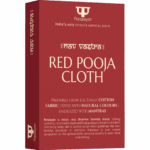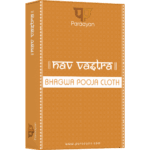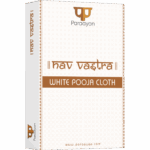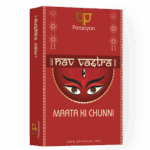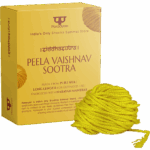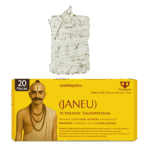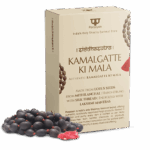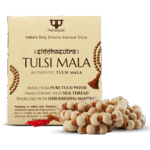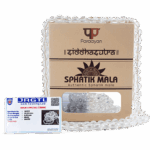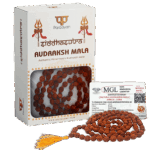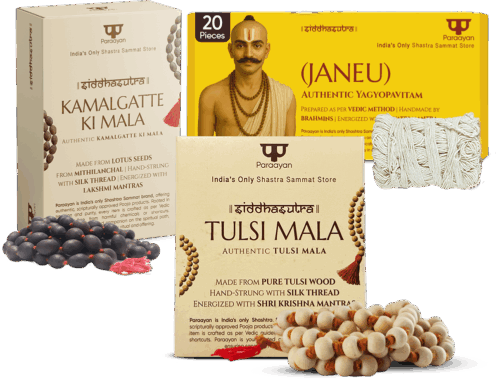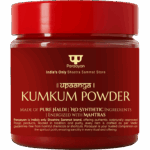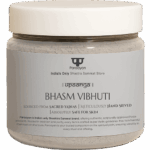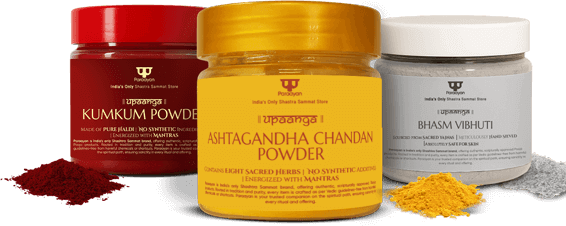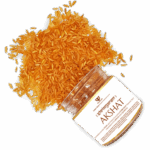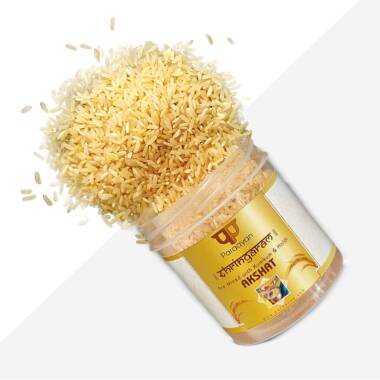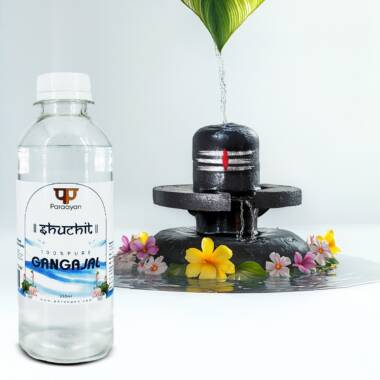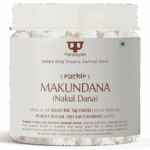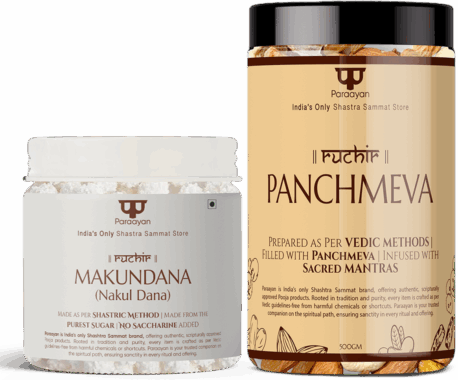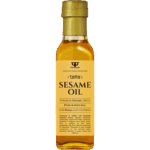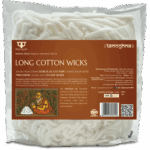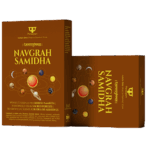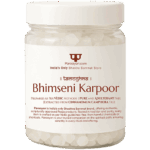Why Raw Milk and Not Boiled Milk is Offered to Bhagwan Shiva
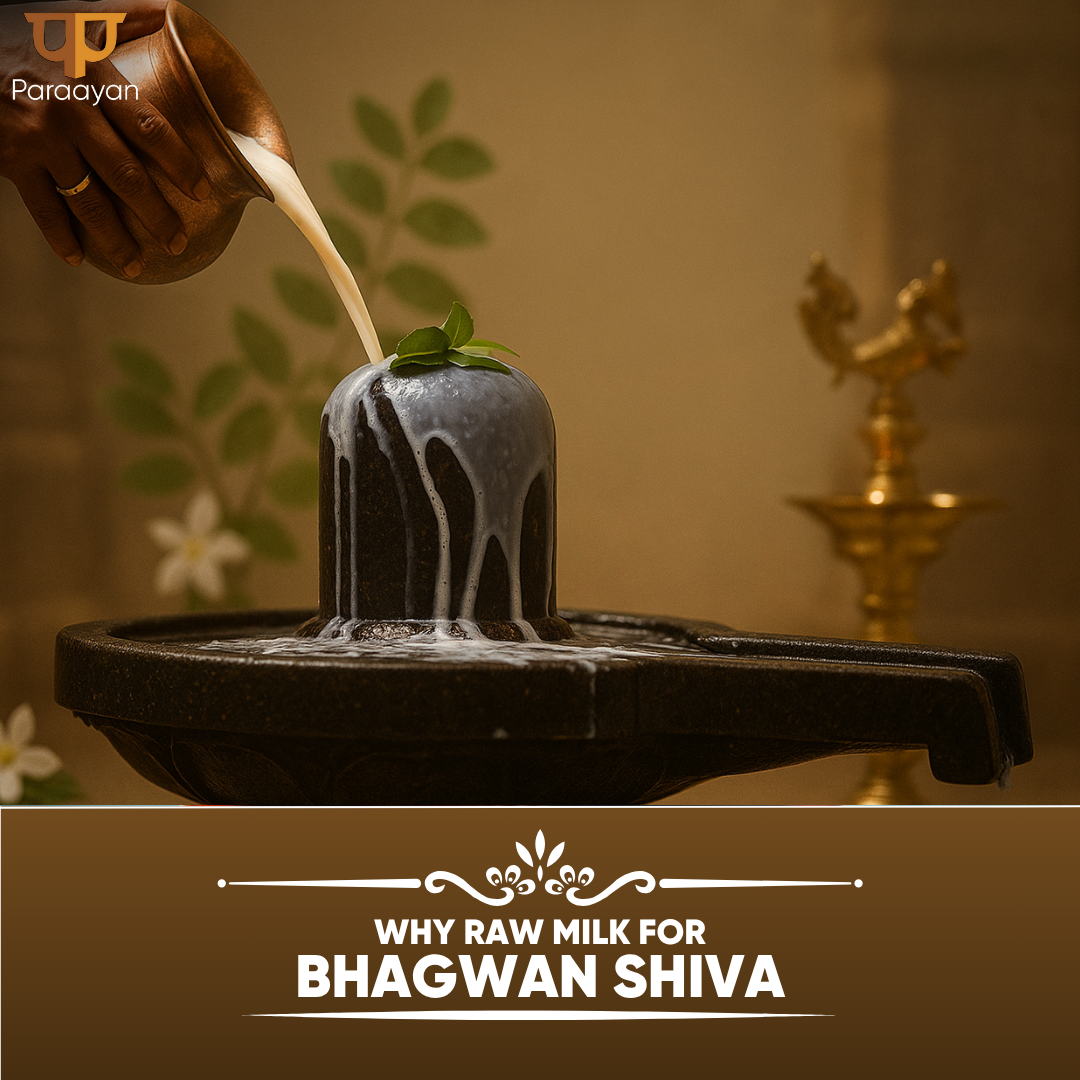
The Sacred Symbolism of Milk
Milk holds a revered place across civilizations, often regarded as a symbol of nourishment, fertility, and abundance. Within the spiritual heritage of Bharat, milk is more than sustenance, it is an emblem of sanctity and life itself. As the first nourishment received by a newborn, it echoes the care of the Divine Mother.
In Hindu thought, fresh cow’s milk is especially exalted. It is considered pure, sattvic, and spiritually elevating. Its presence in sacred rituals enhances the sanctity of offerings, signifying revitalization, wholeness, and devotion. Untouched by processing, it remains close to nature, thereby upholding its role as a sacred element in dharmic practices.
The Shiva Lingam and Abhishekam
The Shiva Lingam serves as a profound emblem of Bhagwan Shiva, representing both formless divinity and the cosmic source of creation. Among the most revered rites in Hindu tradition is the act of Abhishekam, a ritualistic offering involving the ceremonial bathing of the Lingam with sacred substances. This offering is not merely an outer ritual, but a means of communion with the Supreme Consciousness.

Spiritual Significance of Ritual Ingredients
Each element used in the Abhishekam carries symbolic meaning and spiritual potency:
- Gangajal is offered for overall well-being,
- Honey for divine radiance,
- Curd for strength and vitality,
- Ghee invokes prosperity,
- Sugar is believed to dissolve sorrow and hardship,
- Mustard oil is poured to subdue negative forces,
- Sesame oil to transcend fear,
- A mixture of clove powder and water purifies the mind, guiding it on the spiritual path,
- Vibhuti invokes the grace of Bhagwan Shiva,
- Sugarcane juice is offered to correct inner flaws.
Ultimately, raw milk alone is said to encompass the essence of all these offerings, bestowing holistic spiritual merit.
Raw vs Boiled Milk, A Matter of Sacred Purpose
In the sacred traditions of Sanatana Dharma, Dugdh Abhishekam offered to the Shiva Lingam holds unparalleled spiritual merit. A common inquiry arises, why is raw milk used in this ritual, rather than boiled milk, which is more often consumed? The answer lies in understanding the purpose and purity behind Abhishekam as distinct from other forms of worship.
Distinction Between Abhishekam and Naivedyam
To begin, it is essential to differentiate between Abhishekam and Naivedyam.
- Abhishekam (Sanskrit: अभिषेक) refers to the ritual bathing of a deity’s murti with various sacred substances. It is an act of devotion, purification, and spiritual invocation, typically performed by priests in temples or householders at home. During Abhishekam, liquid offerings such as milk, curd, ghee, honey, sesame oil, rose water, sandal paste, and others are poured over the murti, accompanied by the chanting of mantras. In the worship of Bhagwan Shiva, Rudrabhishek is the most revered form, performed with reverent recitation of Vedic hymns.
- In contrast, Naivedyam is the act of offering food to the deity, which is later returned as prasada, a sanctified blessing. Unlike Naivedyam, where food must be cooked and suitable for consumption, Abhishekam is about ritual sanctity, not physical consumption.
Why Only Raw Milk is Used for Abhishekam
Therefore, raw milk, in its unprocessed and sattvic state, is chosen for Abhishekam to maintain natural purity, symbolizing unconditional devotion and spiritual elevation.
In the sacred customs of our tradition, a clear distinction is maintained between substances suitable for ritual purification and those used for ritual nourishment.
- Uncooked items are reserved for Abhishekam,
- Cooked preparations are meant for Naivedyam.
When milk is boiled, it is considered a cooked item, aligning it with Naivedyam. Cooked substances spoil quickly, especially when left exposed. Raw milk, being uncooked, retains ritual sanctity over time.
Symbolic Acceptance of Life in Raw Milk
Moreover, raw milk naturally contains living organisms, which holds spiritual relevance. Bhagwan Shiva, revered as Pashupatinath, the Lord of all living beings, accepts even the tiniest forms of life within the milk poured over the Shiva Lingam. In doing so, the offering remains true to nature, encompassing both symbolic depth and ritual integrity.
Thus, the use of raw milk in Abhishekam is both a matter of scriptural propriety and devotional understanding.
